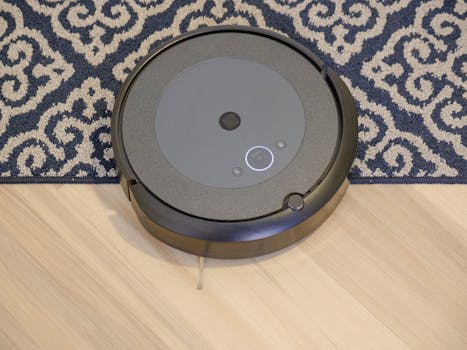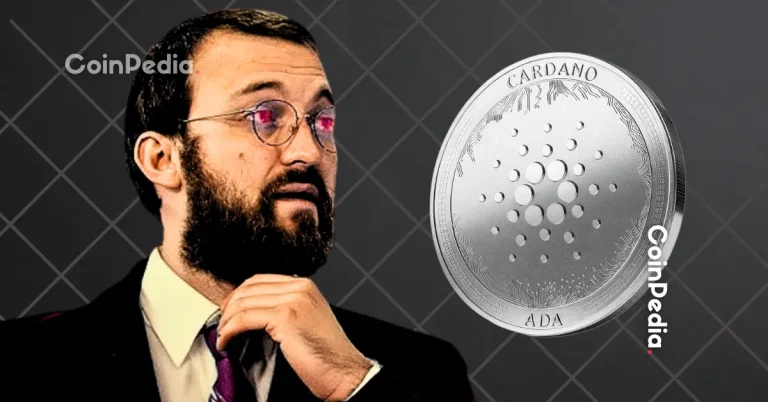
Smart Homes and Smart Living: The Technological Transformation of European Homes by 2025
Smart Homes and Smart Living are revolutionizing the way we live in European homes. The integration of technology into our daily lives is transforming the concept of a traditional home, making it more efficient, convenient, and sustainable. By 2025, it is expected that the majority of European homes will be equipped with smart home devices, changing the way we interact with our living spaces.
Introduction to Smart Homes
A smart home is a residence that uses advanced technology to automate and control various aspects of the home, such as lighting, temperature, security, and entertainment. Smart homes are designed to make our lives easier, more comfortable, and more enjoyable. With the help of smart devices, we can control and monitor our homes remotely, receive notifications, and access a wide range of services and features.
Benefits of Smart Homes
The benefits of smart homes are numerous. Some of the most significant advantages include:
- Increased convenience: Smart homes allow us to control and automate various tasks, making our lives easier and more convenient.
- Improved energy efficiency: Smart homes can help reduce energy consumption by optimizing heating, cooling, and lighting systems.
- Enhanced security: Smart homes can be equipped with advanced security systems, including motion detectors, cameras, and alarm systems.
- Increased property value: Smart homes can increase property value and appeal to potential buyers.
Technological Transformation of European Homes
The technological transformation of European homes is being driven by several factors, including:
- Advances in technology: The development of new technologies, such as the Internet of Things (IoT), artificial intelligence (AI), and 5G networks, is enabling the creation of smart homes.
- Changing lifestyles: The way we live and work is changing, with more people working from home and seeking convenience and flexibility.
- Environmental concerns: There is a growing awareness of the need to reduce energy consumption and live more sustainably.
Smart Living in European Homes
Smart living in European homes is not just about technology; it’s also about creating a more comfortable, healthy, and sustainable living environment. Some of the key features of smart living include:
- Healthy indoor air quality: Smart homes can be equipped with air purification systems and ventilation systems to improve indoor air quality.
- Water conservation: Smart homes can be equipped with water-saving devices and systems to reduce water consumption.
- Sustainable energy: Smart homes can be equipped with solar panels, wind turbines, and other renewable energy sources to reduce dependence on fossil fuels.
Conclusion
In conclusion, the technological transformation of European homes is revolutionizing the way we live. By 2025, smart homes and smart living will become the norm, offering increased convenience, efficiency, and sustainability. As technology continues to advance, we can expect to see even more innovative features and devices integrated into our homes, making our lives easier, more comfortable, and more enjoyable.





